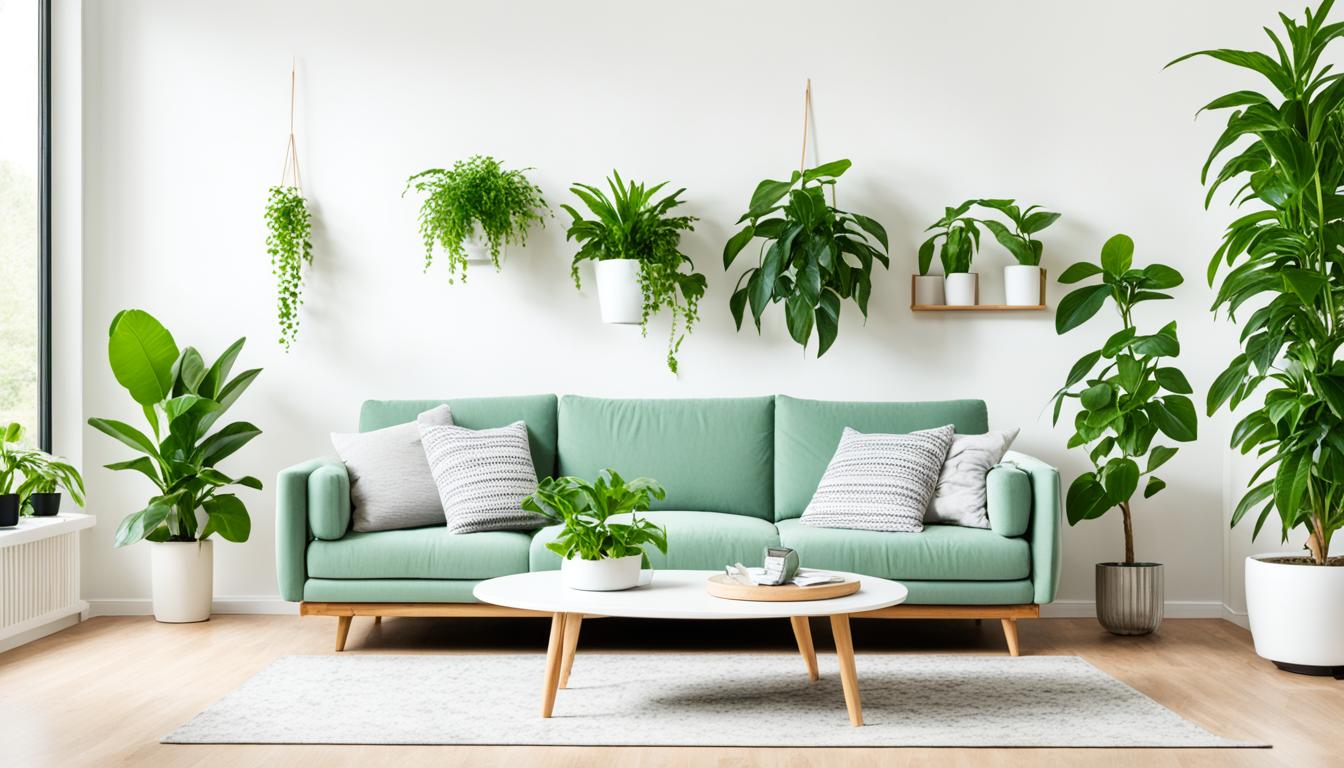Welcome to our comprehensive guide on strategies for improving indoor air quality in homes. In this article, we will explore effective methods that can be implemented to create a healthier living environment for you and your family.
Indoor air quality is a crucial aspect of our lives, as we spend a significant amount of time indoors. Poor indoor air quality can lead to various health problems, including allergies, respiratory issues, and even serious illnesses. By implementing the right strategies, you can greatly enhance the air quality within your home and promote a healthier lifestyle.
Throughout this guide, we will delve into important topics such as understanding indoor air pollution, implementing effective ventilation systems, and minimizing indoor air pollutants. With a clear understanding of these concepts, you will be equipped with the knowledge and tools to make informed decisions about improving the air quality in your home.
So, let’s get started and dive into the world of indoor air quality improvement strategies!
Understanding Indoor Air Pollution
Before implementing strategies to improve indoor air quality, it is crucial to have a comprehensive understanding of indoor air pollution. Indoor air pollution refers to the presence of harmful contaminants and pollutants in the air we breathe inside our homes. These pollutants can come from various sources, including household products, building materials, pet dander, outdoor air pollutants that enter the home, and even human activities like cooking and smoking.
Indoor air pollution can have serious health consequences. Prolonged exposure to pollutants can lead to respiratory problems, aggravate allergies and asthma, and even contribute to the development of chronic diseases. It is especially important to be aware of indoor air pollution because we spend a significant amount of time indoors, making it essential to ensure the air we breathe is clean and healthy.
Implementing Effective Ventilation Systems
One of the key strategies for improving indoor air quality is the implementation of effective ventilation systems. Ventilation systems play a crucial role in maintaining a healthy and comfortable living environment by removing pollutants and ensuring proper airflow in homes.
There are different types of ventilation systems that can be employed to improve indoor air quality:
Natural Ventilation
Natural ventilation utilizes natural airflow through openings like windows and doors to bring in fresh outdoor air and expel stale indoor air. This type of ventilation is cost-effective and can be enhanced by using strategically placed fans or vents to maximize air circulation.
Mechanical Ventilation
Mechanical ventilation involves the use of mechanical systems, such as exhaust fans, supply fans, or heat recovery ventilators (HRVs), to continuously exchange indoor and outdoor air. These systems help remove pollutants and regulate humidity levels, ensuring a constant supply of fresh air.
Air Purifiers
Air purifiers are devices equipped with filtration systems that capture and eliminate contaminants like dust, allergens, and volatile organic compounds (VOCs) from the indoor air. They can be particularly beneficial for individuals with allergies or respiratory conditions.
By implementing appropriate ventilation systems, homeowners can significantly improve the indoor air quality of their homes, ensuring a healthier and more comfortable living environment for themselves and their families.
Minimizing Indoor Air Pollutants
Reducing the presence of indoor air pollutants is a crucial strategy for improving the overall indoor air quality in your home. By taking proactive measures, you can create a healthier and safer environment for you and your family.
One common indoor air pollutant is mold. Regularly check areas prone to moisture, such as bathrooms and basements, for signs of mold growth. If you find any, promptly clean and dry the affected area to prevent further spreading of mold spores.
Dust is another indoor air pollutant that can cause respiratory issues and allergies. Regularly dust and vacuum your home to minimize dust buildup. Pay special attention to areas where dust tends to accumulate, such as carpets, upholstery, and shelves.
Volatile Organic Compounds (VOCs) are chemicals that can be released from various household products, including cleaning agents, paints, and synthetic fragrances. Consider opting for natural or low-VOC alternatives, and ensure proper ventilation when using these products to minimize exposure to harmful gases.
Finally, tobacco smoke is a significant source of indoor air pollutants. If you or a family member smokes, it is essential to smoke outside the home to prevent smoke particles and chemicals from accumulating indoors. Additionally, consider implementing measures to quit smoking and create a smoke-free environment for everyone’s health.






